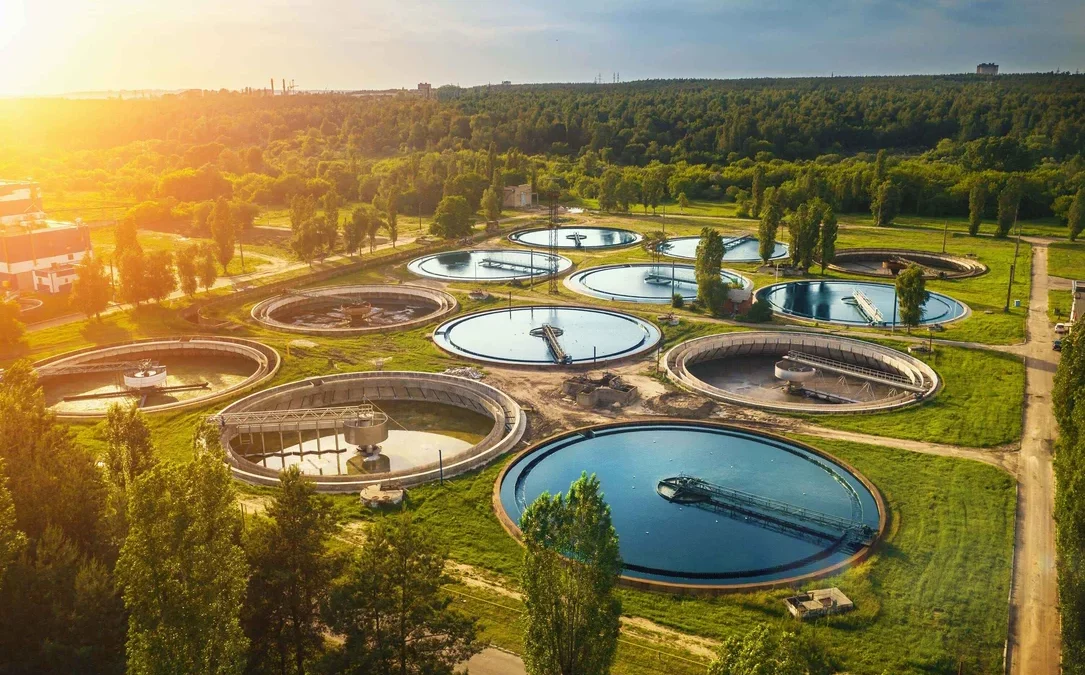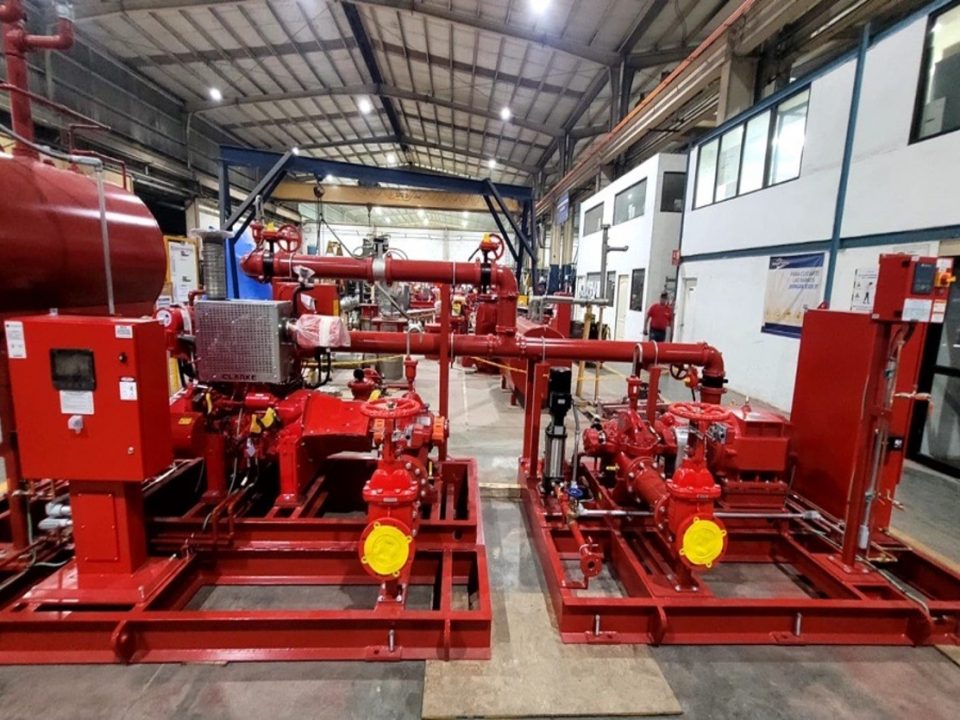Introduction
Accurate tank gauging is essential for industries such as oil & gas, petrochemicals, power, and water management, where storage tanks are used to hold liquids, gases, and chemicals. Tank gauging ensures safe operations, precise inventory management, loss prevention, and regulatory compliance. This guide provides a foundation on tank gauging instruments, working principles, and integration methods for modern facilities.
What is Tank Gauging?
Tank gauging is the process of measuring the level, volume, temperature, and pressure of liquids stored in tanks. These measurements are critical for:
- Inventory control and stock reconciliation
- Custody transfer and fiscal metering
- Safety management (preventing overflow or leakage)
- Process optimization in terminals, refineries, and chemical plants
Common Tank Gauging Instruments
- Float and Tape Gauges
- Mechanical system with a float connected to a tape.
- Simple, cost-effective, but limited accuracy.
- Radar Level Gauges
- Non-contact radar sensors measure liquid levels with high precision.
- Suitable for crude oil, refined products, and chemicals.
- Servo Level Gauges
- Uses a servo motor and displacer for level detection.
- High accuracy for custody transfer applications.
- Ultrasonic Gauges
- Employ sound waves to measure liquid level.
- Best for water and non-hydrocarbon applications.
- Hydrostatic Pressure Sensors
- Measures pressure at the bottom of the tank to calculate liquid height.
- Useful in pressurized or underground tanks.
- Temperature & Pressure Sensors
- Often integrated with gauging systems to improve volume correction accuracy.
Integration with Control Systems
Modern tank gauging systems are no longer stand-alone—they are digitally integrated for seamless operations.
- SCADA & DCS Integration
- Real-time data transmitted to central control systems for monitoring and alarms.
- Communication Protocols
- HART, Modbus, Profibus, and WirelessHART enable reliable connectivity.
- Inventory Management Software
- Provides dashboards, reports, and predictive insights for terminals and refineries.
- IoT & Cloud Solutions
- Enable remote monitoring, predictive maintenance, and advanced analytics.
Compliance and Standards
Tank gauging must adhere to international standards for accuracy and safety:
- API 3.1B / API MPMS — Manual of Petroleum Measurement Standards
- ISO 4266 — Petroleum and liquid hydrocarbon measurement
- OIML R85 — Automatic level gauges for custody transfer
- ATEX / IECEx — Certification for explosion-proof installations
Best Practices in Tank Gauging
- Select instruments based on product type, tank design, and accuracy needs.
- Ensure calibration against certified reference standards.
- Implement redundant sensors for critical tanks.
- Integrate alarm systems for overfill and leakage prevention.
- Train operators to interpret and maintain gauging systems effectively.
Conclusion
Tank gauging is the backbone of safe and efficient terminal and refinery operations. With the right instruments and smart integration into control systems, businesses can achieve reliable inventory management, regulatory compliance, and operational efficiency. As industries move toward digitalization and IoT, tank gauging is becoming more precise, connected, and future-ready.




